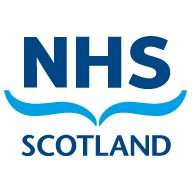Gonorrhoea is a bacterial sexually transmitted infection (STI) which can present with penile/vaginal discharge, dysuria, dyspareunia, lower abdominal pain, testicular pain/swelling, abnormal pv bleeding or no symptoms at all. The throat, rectum or eyes may also be affected.
Untreated gonorrhoea can result in reproductive issues including pelvic inflammatory disease, ectopic pregnancy and tubal infertility in women and epididymitis in men. Disseminated infection can affect joints, skin and rarely cause endocarditis or meningitis. Gonococcal infection among infants usually results from exposure to infected cervical exudates at birth.
Testing is either by the more sensitive NAAT (nucleic acid amplification test), or by culture of a swab from an affected area. Local protocols will depend on clinical setting, prevalence and range of tests available in the laboratory.

